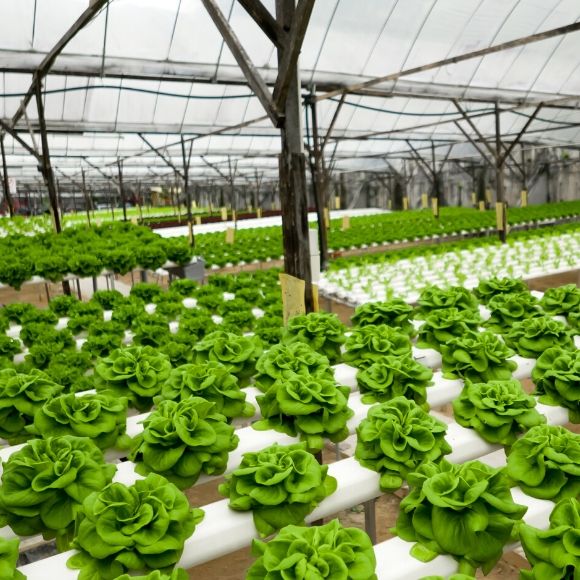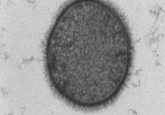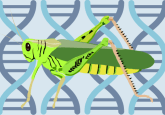Plant cell wall research unveils opportunities to protect against crop diseases

New research has demonstrated that extracts from plant cell walls can be used to develop sustainable treatments to protect against crop diseases.
Crop diseases can be completely devastating in agriculture, causing losses of up to 30% in some plants. As a result, scientists are continually looking to gain a deeper understanding of plants’ immune systems and develop new techniques to provide crop disease resistance.
Now, a new study, led by Antonio Molina and his research group at Centro de Biotecnología y Genómica de Plantas (Madrid, Spain), has demonstrated the potential power of developing treatments for crop disease resistance from cell wall extracts from immune active plants.
The link between the plant cell wall and immunity has long been established as the cell wall is often the plant’s first defense against pathogens. Interactions with microbes and environmental stresses can result in modifications to the cell wall, which can activate plant immunity and disease resistance responses.
This current study, published in Molecular Plant-Microbe Interactions, aimed to investigate the role of the cell wall in the regulation of plant resistance responses to pathogens, focusing on the arr6 gene, which is involved in the cytokinin signaling pathway.
 Revolutionizing food production with emerging technologies
Revolutionizing food production with emerging technologies
Meeting emerging technologies with the appropriate regulations, incentives and social license is essential to reform food production for people and the planet.
They discovered that plants with an impaired arr6 function were more resistant to the fungus Plectosphaerella cucumerina and more susceptible to the bacterium Ralstonia solanacearum and the opposite was true for plants that overexpressed arr6. This confirmed the role arr6 plays in the modulation of disease resistance.
“We have identified a pectin-enriched cell wall fraction of an arr6 mutant that has enhanced activity in triggering the defense response in Arabidopsis plants,” remarked Molina. “This finding indicates that the cell walls of arr6 mutants have a different composition than that of wild-type plants and that arr6 walls might contain molecules which could contribute to the differential resistance response to fungi and bacteria observed in these plants. This points to an interesting, novel interaction between wall composition, innate immunity signaling and disease resistance.”
The results from this study suggest a novel function of the gene arr6 in the control of cell wall composition and disease resistance. The researchers believe that this finding could help agriculture companies to protect against crop diseases.
“Our results support the potential use of formulations based on cell wall-derived molecules that trigger immune responses,” Molina explained. “The use of such formulations could present a simple, sustainable, and effective treatment to protect crops against losses.”



